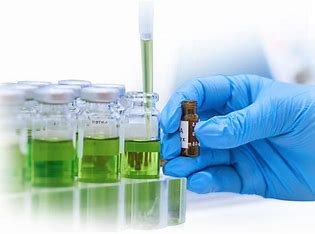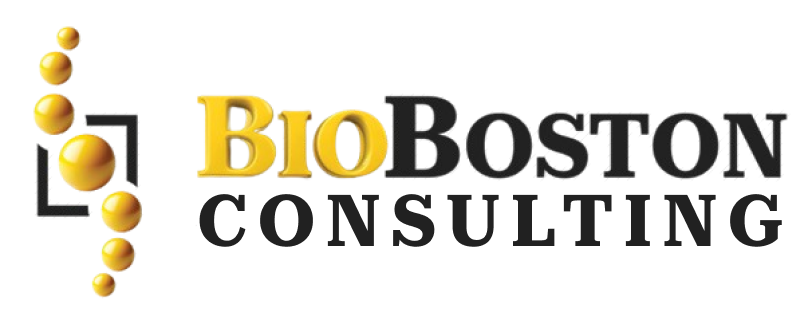Discover the significance of potency testing in the biologics industry, including regulatory guidelines, challenges in cell gene therapies (CGT), and the importance of ensuring safety and efficacy.
Potency Testing in the Biologics Industry: An In-Depth Look
Potency testing is an important criteria as it guarantees the quality and efficiency of biological products.
This article will explore potency testing regulatory guidelines as well as its importance in product conformance, comparability studies and stability testing.
Defining Potency and Strength
Along with the variety of other factors that are included in providing these assertions, Potency Testing stands out as one of the foundational ones. In this article we will explore the diverse world of Potency Testing, by discussing its legal requirements, its crucial function in product comparability, and its development according to regulatory changes related to cell gene therapies (CGT).
Potency, defined either by laboratory tests or controlled clinical data from product administration, as the ability of a drug product to produce its desired effect.
Similarly, strength is the amount of active principles (drugs) in a drug product proven by appropriate laboratory tests or clinical data. These definitions are the base from which we gain understanding in terms of the potency of biological products according to 21 CFR regulations.
Potency Regulatory Requirements
All biological products subject to section 351 of the Public Health Service (PHS) Act are required to demonstrate safety, purity, and potency for approval of a Biologics License Application (BLA). These requirements can be found in the Federal Food, Drug, and Cosmetic Act and 21 CFR regulations.
All three are essential for product conformance testing, control of the manufacturing process, and to ensure Current Good Manufacturing Practice (CGMP) is followed.
These steps align with FDA requirements, which prohibit the release of any licensed product for sale by a manufacturer until applicable standard tests (including potency) have been performed.
Testing Component of the Investigational CGTs
Ensuring compliance with all of the potency testing requirements for licensed biological products can be a particularly difficult hurdle to clear in early-phase clinical investigations. Nevertheless, sponsors are required to provide data on the identity, quality, purity and potency, including stability of products used until the end of clinical trials.
The information needed to provide this assurance will depend on factors such as phase of investigation, duration, dosage form, and what is known about the formulation.
Here are some of the challenges faced in potency testing for CGT products
Potency assays tend to be particularly challenging for cell and gene therapy (CGT) products due to the myriad of factors that could vary with each batch and material. Variability in starting materials, lot size / material for testing, stability issues (especially with cellular products), presence of multiple active ingredients or vectors are the main development challenges faced.
CGT potency testing challenges
Potency assays for cell and gene therapy (CGT) products present unique challenges due toinherent variability in starting materials, Limited lot size and material for testing, Poor stability especially for cellular products, Multiple active ingredients or vectors.
Given the gravity of these challenges, we recommend a phased-in approach to establishing potency tests for CGT products. The design allows to further improve sensitivity and specificity of the potency measurements with an ongoing product development and enables validation towards passing regulatory criteria.
Conclusion
In the life sciences industry, quality control includes potency testing which is an integral part of ensuring product efficacy. It is designed to make sure a biological product meets the safety, purity, and potency standards imposed by regulatory bodies.
Potency is a particular issue of concern given the dynamic landscape of the field. It will be critical to evolve the best-in-class technology for CGT to meet its novel challenges in product development and approval.
Get in touch with BioBoston Consulting or check out our site, to find out more about how we can help your organization.


